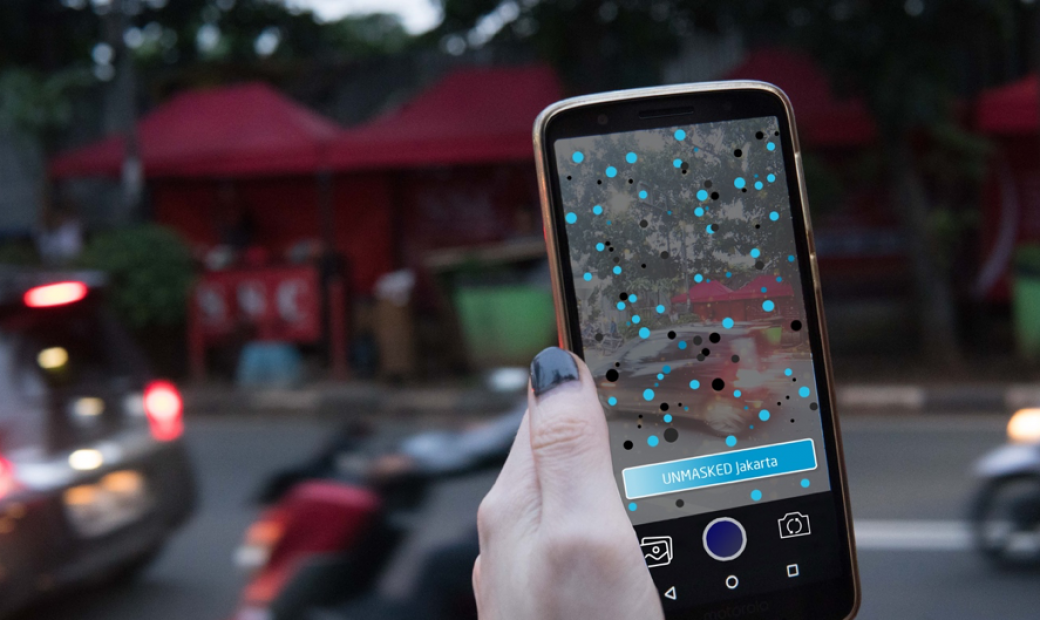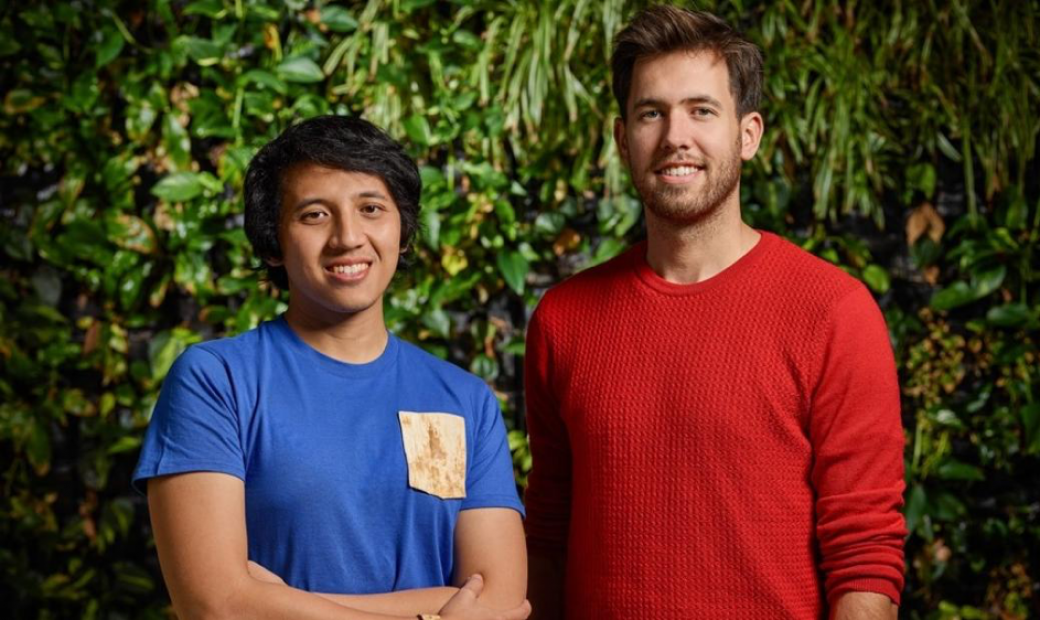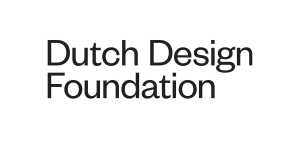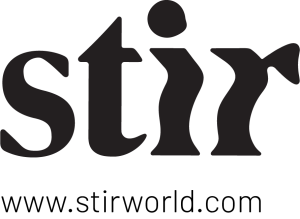
Exhibition What if Lab: the sustainable society
From 8 to 30 May, five intercultural design teams will premiere their newly developed designs for a sustainable Indonesia at Erasmus Huis Jakarta. In this exhibition they will present their developed prototypes and the process of their projects.
The exhibition highlights design for society and invites visitors to explore the role of design and creativity to shape our world of tomorrow.
When: 8-30 May 2019 | Where: Erasmus Huis Jakarta
Wicked problems
Challenges concerning the classic sustainability themes like waste processing, circular use of materials, renewable energy, reduction of CO2, smog prevention, scarcity or abundance of water and food immediately spring to mind when talking about sustainability.
We believe sustainability also covers topics like how we live together and interact as humans and building a respectful environment in which future generations will thrive and prosper.
Very often these challenges are so-called “wicked problems”, socially complex issues, intertwined with other topics and dependent on various factors. For every “wicked problem” there is always more than one explanation and therefore never just one solution.
Collaborations Indonesian x Dutch designers
In October 2018 five Indonesian designers teamed up with designers from the Netherlands that are active in the same field of work. These teams collaborated, in the Netherlands and in Indonesia, on new solutions for some of the complex challenges that define Indonesia today: Sustainable education, Clean air, bio-based materials and resilient neighborhoods.
In the exhibition the design teams present the results of this journey: concepts and prototypes that we hope inspire visitors to join us on working and contributing to a sustainable future. The real work of implementing these ideas starts now, we invite you to become part of their future.
This way we stimulate intercultural exchange and inspiration in the design world. Both designers can profit from each other’s knowledge, craftsmanship, and experience. We believe that combining different backgrounds will be complementary in solving issues that come from within the community and stimulate solutions that come from new perspectives.

Sustainable education: MariBuat
Darina Maulana & Studio Tast
The MariBuat project investigates the establishment of a sustainability education programme in Indonesia through combining the local curriculum "Kurikulum 2013" and Sustainable development goals" into an educational tool. The goal is to provide children with knowledge and ways to reduce our impact on the earth now and in the future. Through prototypes and lots of physical presence in schools, insights have been gained into how Indonesian children can be motivated to take ownership of their (sustainable) environment.
For many years, Indonesian schools have employed theme-based education. Therefore, design-based learning dovetails perfectly into their curriculum. Design-based learning is a method that teaches from the perspective of problem-solving abilities based on the steps that designers employ in the design process.
The final concept, MariBuat, is Indonesian for Mading Riset Implementasi Buat (Mading for research and implementation through making). Mading is an existing presentation form that is an accepted phenomenon in many Indonesian schools. Through giving the children visual ownership of their research and design process we will endow Mading with a new dimension, activating children to do and make. This will make them aware that the future is in their hands and that they have the power to contribute to positive change. With our latest prototype we can complete the final tests to eventually launch an educational programme with corresponding materials.

Darina Salsabila Maulana
Education: Institute Technology Bandung, Interior Design (2018)
Darina is currently a master student and an assistant lecturer at Institut Teknologi Bandung. She conducts ongoing research into sustainable design in the public space and educational institutes. With her projects she focuses on educating children in primary schools about the environment.
Studio Tast: Mitchell Jacobs
Education: Eindhoven University of Technology, Industrial Design (2014)
In 2014, Mitchell graduated as MSc. Industrial Design at the Technical University of Eindhoven with his design vision ‘Design for Education’ and the product 'Goed Wijzer'. After that, he founded Studio Tast.
Ever since he was a child, Mitchell learned by doing, by making mistakes, learning from them and grow. This investigative attitude became the backbone of his design vision: to help people learn by doing while incoorporating joy and motivation.

Clean air: UNMASKED, making the invisible visible
Vivian Maretina & Marleen van Bergeijk
Air pollution is a serious problem in Indonesian cities, with Jakarta’s air quality being recognized as one of the worst worldwide and certainly in Southeast Asia. It is an ever-growing problem that impacts global climate, the city’s economy and more directly the health of the residents.
City dwellers are dependent on other stakeholders for change. Developments in public transportation and the implementation of clean alternatives are very slow. All this time, residents opt for the convenience of private motorized vehicles, unaware of the accompanying air pollution and risk it has for their health. People are often wearing the wrong type of face mask or worse still, none at all. There is little information available on pollution levels and the information that is available is abstract, seldom real-time and often hidden in apps or platforms.
UNMASKED takes local sensor data and presents it in a clear and engaging way. Using the metaphor of particles in the air, real-time pollution levels are broadcast in the street in public displays. Other than that, UNMASKED can be accessed on the mobile phone. With the interactive AR layers and digital ‘face masks’, information can be visualized everywhere around you using geolocation, and shared with others too. In this way UNMASKED is making the invisible visible, informing and empowering citizens to take protective action to safeguard their own health.

Vivian Maretina
Education: Product Design, Institut Teknologi Bandung (2016)
Vivian is a product designer passionate about social design projects, working to solve humanity problem and empowering the economic value for the people. Prior joining Mirum as an experience designer, she has been working on plastic waste recycling in Bali; healthy food for low-income in Bandung; and education in remote area. She believes that any newly design intervention or solution would be impactful and desirable through human centered approach. Eventually, putting sustainability forward ensuring a positive longer term effects.
Marleen van Bergeijk
Education: Industrial Design, Eindhoven University of Technology (2016)
Marleen is a designer focusing on social innovation in health & well-being.
Driven from personal experience, Marleen helps health organisations innovate and improve the patient experience. Her designs function as tools that empower people to take action on their own health and well-being. Solutions are always found and inspired by people and the (desired) interaction between them. Using tangibility and creating new interactions between people allows people to understand each other and take action from their own point of strength.

Bio-based materials: Mycelium Future
Ronaldiaz Hartantyo (Mycotech), Iwan Pol (Olasol), Nidiya Kusmaya & Karin Vlug
Mycelium is the vegetative part of fungus consisting of a network of fine white filaments. As a binding material, mycelium has the ability to form a composite material that can be, for example, made into tiles. Mycelium filaments can also be grown over a certain period of time to form a strong and flexible structure resembling leather. Growing mycelium leather is faster and requires less energy and resources than animal leather. This efficiency means that it has great potential as a sustainable future bio-material.
Our experimentation at the Mycotech factory lead us to focus on enhancing the appearance of the natural looking material giving it a more modern and decorative aesthetic through combining various colours of mycelium leather creating minimalist patterns. Patterns and seams were made using heat-binding techniques that require no added adhesive. We employed natural materials such as tea and timber for the tanning and colouring process. When compared to animal leather production this natural process is extended from ‘cradle to grave’ to ‘cradle to cradle’. It is not only biodegradable; it has lower cost waste treatment impact and maintenance.
We want to dive into the production of mycelium and analyse all the steps of our product’s manufacturing process to find new ways of transforming this eco-friendly material into consumer products.

Ronaldiaz Hartantyo - Mycotech
Education: Institute Technology Bandung (2012)
Ronaldiaz has a background in architecture with a focus on conservation. He has built vernacular houses together with local communities. In 2015, Ronaldiaz and his partners created Mycotech, a company focusing on making sustainable material from mushroom mycelium. Amongst others, Mycotech makes buildingmaterials from the same type of mushroom that was used for Mycotree, one of the pavillions in the Seoul Architecture Biennale 2017.
Iwan Pol - Olasol
Education: Design Academy Eindhoven (2014)
Iwan is a multidisciplinary designer who focuses on human perception. Creating a sensory experience through the experimental use of material and color is the starting point for his investigative design methodology. Iwan is co-founder of the Dutch collective Envisions and is currently starting up the new brand Olasol, that offers playful concrete products that trigger the senses and tickle your imagination. By reinventing the number one urban ingredient, concrete. Olasol aims to create durable and colourful solutions for both public private spaces.

Nidiya Kusmaya – Nidiya Kusmaya textile studio
Education: Institute Technology Bandung (2016)
Nidiya is a textile artist and researcher who works on textile materials and natural dyeing methods that could be applied as various crafts and products. After her art residency program in Iceland in 2016, she came up with the brilliant idea to use food waste as a source to dye textiles in a way that is friendly to the environment. She also travelled to rural areas in Indonesia such as West and East Nusa Tenggara to educate and teach the craft people to explore new possibilities of natural dyeing for textile.
Karin Vlug
Education: HKU, Master of Arts Crossover Creativity (2017), ArtEZ Fashion Design (2014)
Karin Vlug is a fashion designer and researcher. Her dream is a new fashion production system that does not require sewing. Enabling local, on-demand and made-to-measure production. Her inspiration comes from industries outside of the fashion industry, collaborating with partners from other industries and knowledge institutes form the core of her practice, without them it would not be possible. Karin’s aim is to contribute to a more sustainable fashion industry trough material research and by redesigning the production and construction process of a garment.

Resilient neighborhoods: X by X
Pppooolll & Joes + Manon
X by X investigates the effectiveness of participatory design in the pursuit of a fair and democratic city. Our research aims to (re)position participatory design as an approach that encourages a critical, emancipative and long-term oriented process.
To do so, we developed a framework and tools for designers to facilitate public design workshops that foster a sense of ownership and urgency. This framework removes the notion of “laymen” and argues that each individual involved in the process has a relative degree of expertise that can drive the design process towards an outcome that is richer both in ideas and subtleties. This could be expertise in the form of individual skills, interests, or a stake.
To ensure a valid output, we are testing this framework through a series of workshops in different communities. The framework guides facilitators to design participatory workshops, where discussions and debates are encouraged, towards finding a common ground that will form the basis for the ensuing development into a design outcome.
The X by X framework is intended to be a set of principles for designers and facilitators, specifically those working in the context of participatory design, informal settlements and public works.

Kamil Muhammed – pppooolll
Education: University of Melbourne, Master in Architecture (2014)
Kamil is the director of architecture and research-oriented design studio pppooolll and is the current chair of Architecture Sans Frontières-Indonesia. His primary interests lie at the shaping of urbanity through the practice of architecture particularly on the notion of citizen participation. His practice been exhibited and awarded internationally, recently winning LafargeHolcim Award 2017 and ASF-INT Award 2017.
Joes + Manon
Eindhoven University of Technology, Industrial Design (2016, 2017)
Joes and Manon found each other during field research for their Industrial Design graduation project in the slums of South Africa. While their personalities and skills are very different, they both find inspiration in people’s behavior and share the vision that design processes should be human centered and together with everybody involved. Since then they are joining forces as Joes + Manon in design projects in public and private sectors within the domains of healthcare, wellbeing,sexuality and volunteering.
Timeline
September 2018: The programme initially started with a Lecture by Dries van Wagenberg (Dutch Design Foundation) on ‘Dutch Design and a sustainable society’ at Kreavi in Jakarta on the 27th of September.
October 2018: The Indonesian designers travelled to the Netherlands to visit Dutch Design Week, start of the collaboration with their Dutch counterparts and visit different experts throughout the Netherlands.
January 2019: The Dutch designers travelled to Jakarta for a six-day work residency in Indonesia from 19 to 26 of January. They met experts and worked with the local stakeholders. On the 24th of January the designers shared their progress and work during the What if Lab symposium at the Erasmus huis.
From 8 until 30 May, the final exhibition of the prototypes and process will be held at the Erasmus Huis in Jakarta.

About What if Lab
What if Lab is a programme initiated by Dutch Design Foundation (DDF). DDF is an organisation that focuses on strengthening the position, development, and importance of design. DDF believes that designers are equipped with the right state of mind to tackle sizeable, highly complex challenges. This is why for What if Lab we challenge designers to think about issues that companies, the government or other organizations are dealing with.
Programme Partners
- Erasmushuis Jakarta
- DutchCulture
- Dutch Design Foundation
- BEKRAF
Questions?
If you have any questions regarding this What if Lab, please contact: Dries van Wagenberg










